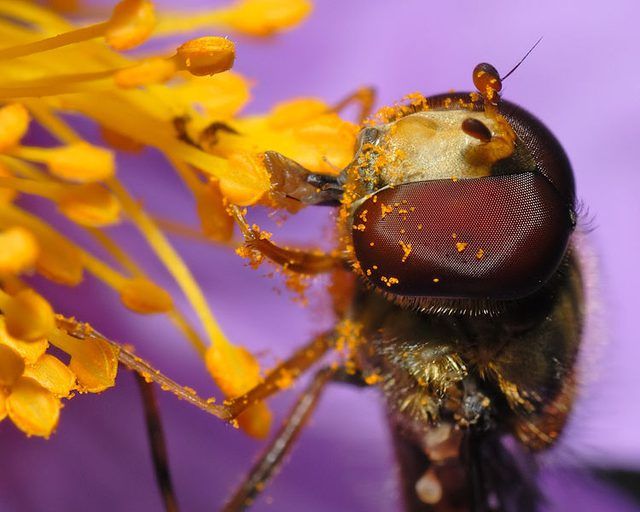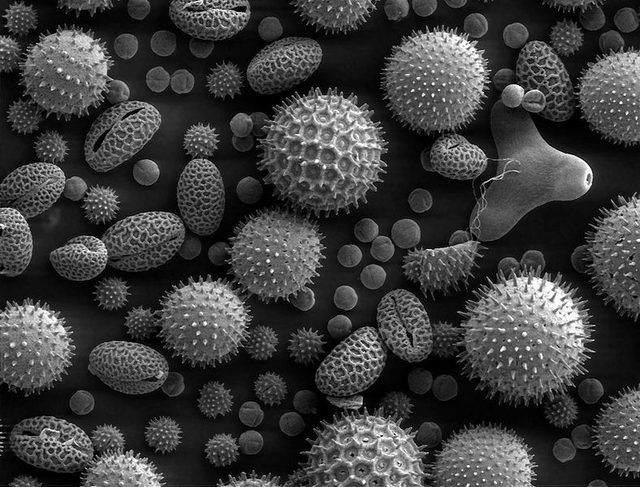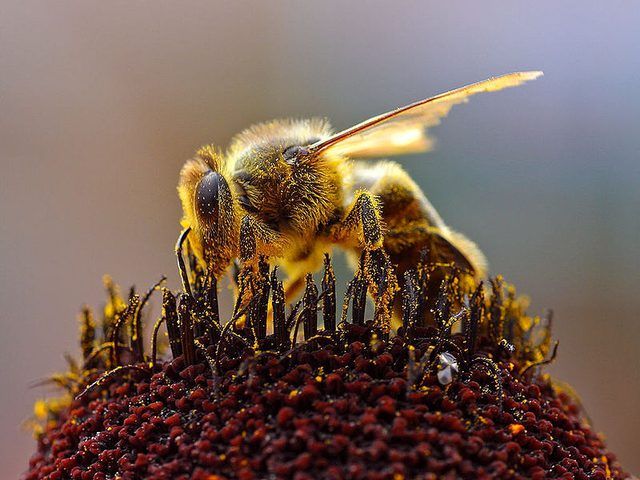Bulbs
Flower Basics
Flower Beds & Specialty Gardens
Flower Garden
Garden Furniture
Garden Gnomes
Garden Seeds
Garden Sheds
Garden Statues
Garden Tools & Supplies
Gardening Basics
Green & Organic
Groundcovers & Vines
Growing Annuals
Growing Basil
Growing Beans
Growing Berries
Growing Blueberries
Growing Cactus
Growing Corn
Growing Cotton
Growing Edibles
Growing Flowers
Growing Garlic
Growing Grapes
Growing Grass
Growing Herbs
Growing Jasmine
Growing Mint
Growing Mushrooms
Orchids
Growing Peanuts
Growing Perennials
Growing Plants
Growing Rosemary
Growing Roses
Growing Strawberries
Growing Sunflowers
Growing Thyme
Growing Tomatoes
Growing Tulips
Growing Vegetables
Herb Basics
Herb Garden
Indoor Growing
Landscaping Basics
Landscaping Patios
Landscaping Plants
Landscaping Shrubs
Landscaping Trees
Landscaping Walks & Pathways
Lawn Basics
Lawn Maintenance
Lawn Mowers
Lawn Ornaments
Lawn Planting
Lawn Tools
Outdoor Growing
Overall Landscape Planning
Pests, Weeds & Problems
Plant Basics
Rock Garden
Rose Garden
Shrubs
Soil
Specialty Gardens
Trees
Vegetable Garden
Yard Maintenance
Pollen Facts
Pollen Facts. Pollen causes immunoglobulin E antibody production in the human body. These antibodies cause mucous production and encourage sneezing and watery eyes in individuals who are sensitive to the pollen. Fifty million Americans suffer from allergies related to annual pollen production.

Pollen causes immunoglobulin E antibody production in the human body. These antibodies cause mucous production and encourage sneezing and watery eyes in individuals who are sensitive to the pollen. Fifty million Americans suffer from allergies related to annual pollen production.
Composition
Pollen is the male sperm cell of a plant encased in a capsule that is light enough for the wind to transport it to a female plant.

Seasons
Most trees release their pollen in the early spring, whereas grasses release pollen in the late spring and early summer. Weeds, like ragweed, release pollen in the late summer and early fall.
Transportation
Pollen not only floats in the wind currents, but attaches itself to insects like bees. The hairy legs pick up the pollen on the flower as the bee extracts the nectar from the flower. When the bee lands on a female flower, some of the pollen rubs off and fertilizes the plant.

Colors
Plant pollen exists in a variety of colors. Yellow is the most common, but brown, white, purple and red pollen also exists in nature.
Pollen Sampling
In order to help warn those allergic to pollen about the seasonal concentrations, scientists sample pollen concentrations with a tool called a Rotorod sampler. The sampler has silicon grease on the end that catches the airborne pollen. Concentrations are analyzed and reports are released.